How to get the best from salad leaves
How to get the best from salad leaves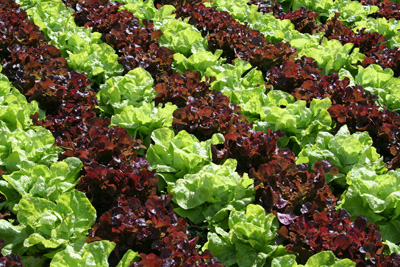
Even if you do not grow many vegetables you can easily grow salad leaves, whether you are gardening in containers or in the open ground. Picked fresh from the garden those leaves have so much more flavour than the bagged salads and prepacks bought from the supermarket. Even if you do not grow enough to be self-sufficient a handful of tasty rocket or mustard picked from the garden can transform a typical iceberg or romaine lettuce.
You can pick salad leaves from your garden, balcony or doorstep for much of the year if you choose the right varieties for the season. Most are quick to mature, even during the cooler months when most vegetables come to a standstill.
Ideal growing conditions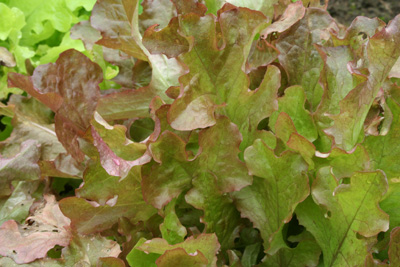
Salad leaves like reasonably fertile, well-drained soil, but they hate drought. Regular watering is essential. In pots and containers use a good quality multi-purpose compost. If re-using containers replace at least the top third of the compost every year.
Most salad leaves like cool, moist conditions. Avoid sowing and growing when conditions are hot and dry, this can quickly make the plants run to seed. The big advantage is that you can start sowing early in the year and also later in the season when the weather becomes cooler again.
The good news for many small garden owners is that most salad leaves grow well with some shade. Shade often helps to prevent the hot dry conditions which can cause failure.
Unless you are growing individual lettuces to maturity most salad leaves are best sown directly where they will be allowed to grow. Sow little and often to achieve continuity and avoid over-supply. Seed packets often give a useful seed count. A pack of salad leaves could easily contain two thousand seeds: that is a lot of salad leaves to have all at once.
Feeding your salad leaves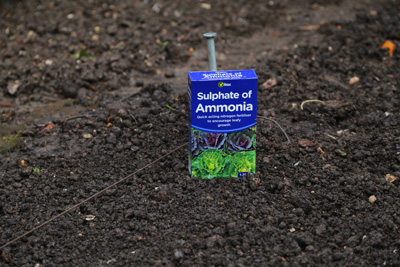
Salad leaves are best grown quickly if they are to produce tender, crisp leaves of good flavour. The secret of success is to ensure there is enough available nitrogen in the soil when growing in the open ground.
Because they need enough water soluble nitrogen is easily washed away. A light application of Vitax Sulphate of Ammonia provides a rapid boost of available nitrogen to encourage plenty of leafy growth. Rake it into the soil before sowing or planting, or dilute in water and apply during growth. It is traditionally used on all vegetable crops grown for leaves and stems, including rhubarb.
The tastiest salad leaves to grow
Traditional lettuce varieties are great to grow and have on hand straight from the garden. However they do need enough space and you do need to make regular successional sowings to achieve continuity. Hence the popularity of salad varieties grown for the regular harvesting of a few leaves at a time, rather than the whole plant.
Rocket is probablythe most popular and best known. Often bought in packs from the supermarket is makes a great garnish and addition to salads and sandwiches. Common rocket grown in the garden has a dark green, slightly fleshy leaf with a lively, spicy, slightly hot flavour. Sow thinly and frequently and keep picking.
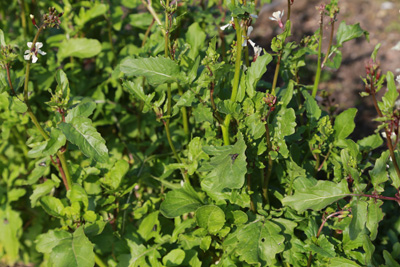 Mizuna isa Japanese green with fern-like foliage and a spicy, peppery flavour. It is the perfect contrast to the texture of soft-leaved lettuce. It can be sown at any time and stands up well during winter. Delicious eaten raw in salads or cooked in stir fries.
Mizuna isa Japanese green with fern-like foliage and a spicy, peppery flavour. It is the perfect contrast to the texture of soft-leaved lettuce. It can be sown at any time and stands up well during winter. Delicious eaten raw in salads or cooked in stir fries.
There are several varieties of mustardswith broad green or dark red leaves with a hot, peppery flavour. They are usually picked young for salads but can be chopped and used in stir fries.
Both white stemmed and rainbow chard are good to grow as salad leaves. You can transplant a few seedlings to grow on as a vegetable for later in the year and keep picking the rest as salad leaves. Chard needs regular watering after sowing to achieve good germination. In dry conditions it simply will not grow.
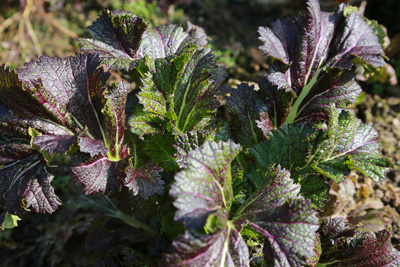 Like chard, bothannual and perpetual spinach are excellent picked young as salad leaves. Spinach can be tricky because the annual varieties bolt and run to seed in dry or hot conditions. If you keep sowing in small quantities to eat raw in salads you avoid the problem.
Like chard, bothannual and perpetual spinach are excellent picked young as salad leaves. Spinach can be tricky because the annual varieties bolt and run to seed in dry or hot conditions. If you keep sowing in small quantities to eat raw in salads you avoid the problem.
In addition to the individual varieties there are many quick maturing mixtures of salad leaves that are perfect to grow alongside cut and come again lettuce. This type of lettuce can be picked over a long period, takes up little space and avoids the need to thin and transplant seedlings.
Andy McIndoe For Vitax
Your login details have been used by another user or machine. Login details can only be used once at any one time so you have therefore automatically been logged out. Please contact your sites administrator if you believe this other user or machine has unauthorised access.












